.
Young Catherine’s Vision
—on St. Catherine of Siena Invested with
the Dominican Habit by Giovanni di Paola
A maiden kneels on gray da Torre stone.
Save for a crucifix, the room is bare.
Her thighs seem formed of otherworldly bone;
her anorexic body drifts on air.
As if in answer to her fervent prayer,
three visitants materialize
from somewhere in the bright celestial skies.
Augustine, Dominic and Francis: each
extends to her his order’s vestment cloth.
A holy path is now within her reach.
From Dominic she takes a fabric swath,
avows to Christ her everlasting troth.
Not pledged to any convent’s cloistered schools,
she’s free to act outside of rigid rules.
A sainted figure, kindly yet austere.
She fed the poor, gave succor to the sick,
Siena streets, her modest early sphere.
Her reputation spread. Now in the thick
of church and state disputes, her bailiwick
was vestal holiness; untaught, she knew
how best to bring the quarrelers to Christ’s view.
She said: Inside your mind, construct a cell
from which your mind and soul can never flee.
Giovanni limns her mystic citadel.
His paintings soar to heaven’s apogee,
a gold-flecked craft enabling us to see
medieval scenes suffused with saving grace,
where God’s light permeates the commonplace.
.
.
Cross Country, 1964
Our family set out Westwood Ho! that summer,
from sleepy Naperville to California,
our Rambler station wagon overstuffed
with camping gear, suitcases, coolers, books.
Dad stopped to study each historic marker.
We three bored youngsters scrambled out to read,
puzzling over sundry random facts.
Buffalo roamed the plains, in countless millions;
pioneers died from fevers, froze in blizzards;
Lewis and Clark recorded unknown species;
American settlers warred with Indian tribes.
Somewhere in eastern Colorado’s desert,
Dad turned onto an unpaved country road.
Course gravel pelted, gritty sand kicked up,
scorching air shimmered, tumbleweeds cavorted,
dust funnels spun against the flat horizon,
beyond the ken of humans. Then we saw,
uncharted on our dog-eared Esso map:
a jagged row of desolate board shanties,
a small ramshackle store, encrusted windows
hung with sticky paper thick with bugs,
a Mobil pump, its fire-red Pegasus
bleached to anemic pink.
___________________Dad braked the Rambler.
We all piled out except standoffish Mom.
She slumped in the front seat, her eyes shut tight,
fanning her face with a tatty Woman’s Day.
I stood beneath a drooping, brown-leafed tree,
flailing my arms to ward off buzzing horseflies.
Dad gestured vaguely toward the barren waste.
__See kids, this here’s the spot where I grew up,
__five miles out there, a windmill pumped our water
__out of a well. You had to keep an eye out,
__horses would trip and fall and break their legs
__from stepping into holes of prairie dogs.
__The bad old days, tell it to the Marines!
__We all got lost like birds in the wilderness.
Dumbstruck, I stared at him. My face scrunched up.
My cosy childish world was shattered. Dizzy,
I leaned against the tree to right myself,
clenching my lips, suppressing sobs of fear.
My younger siblings hadn’t listened. Whooping,
they crouched to hunt for Folsom arrowheads,
provoked a giant beetle with a stick.
__Let’s go, kids. This train’s now leaving the station!
That place must be the source of all my poems.
.
.
Mary Jane Myers resides in Springfield, Illinois. She is a retired JD/CPA tax specialist. Her debut short story collection Curious Affairs was published by Paul Dry Books in 2018.




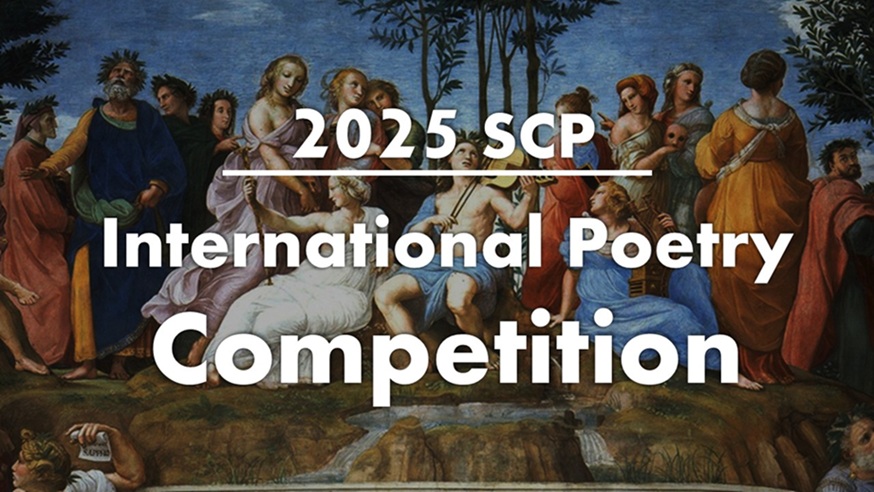

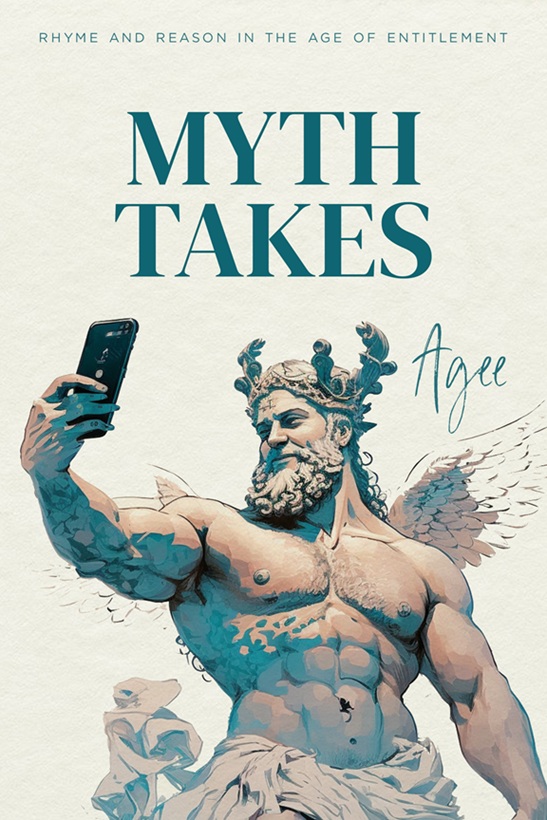
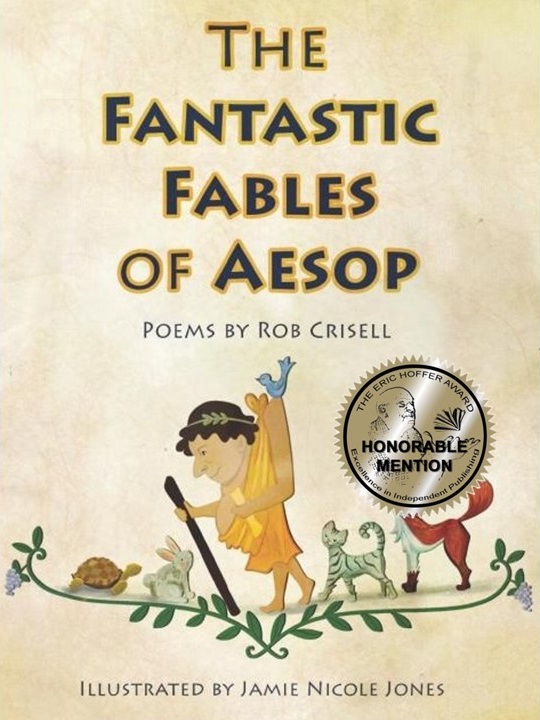
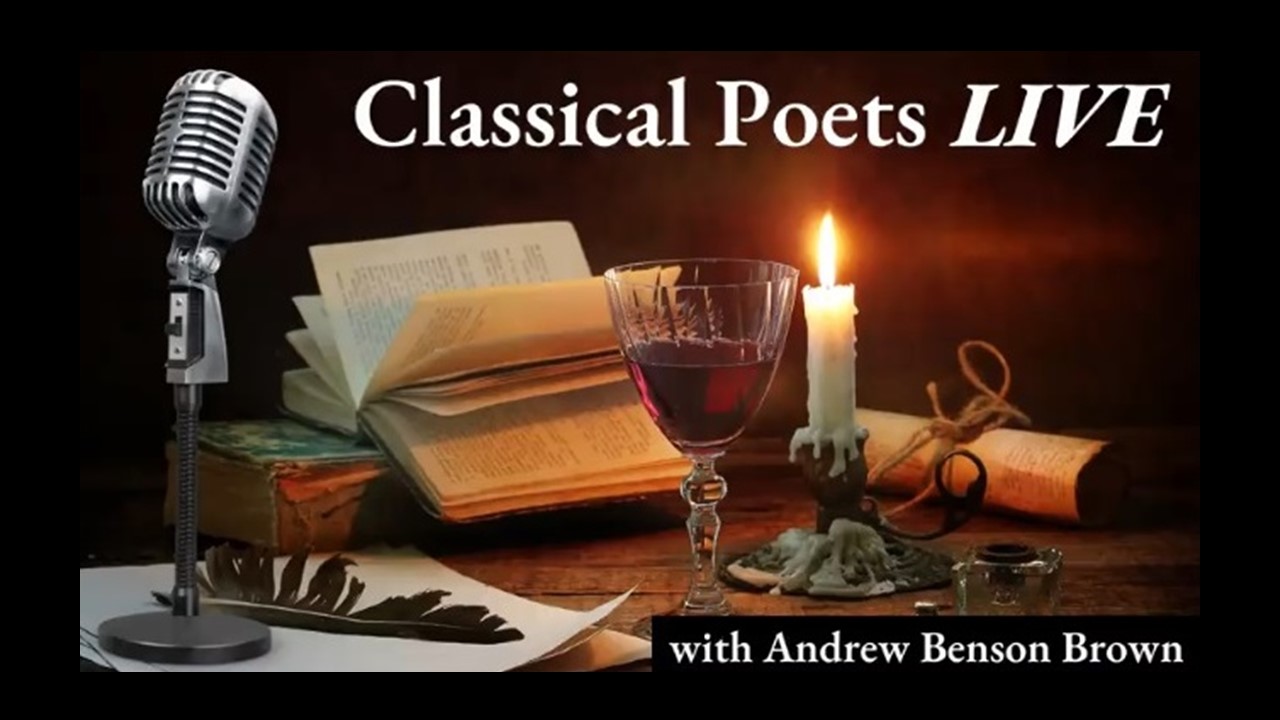

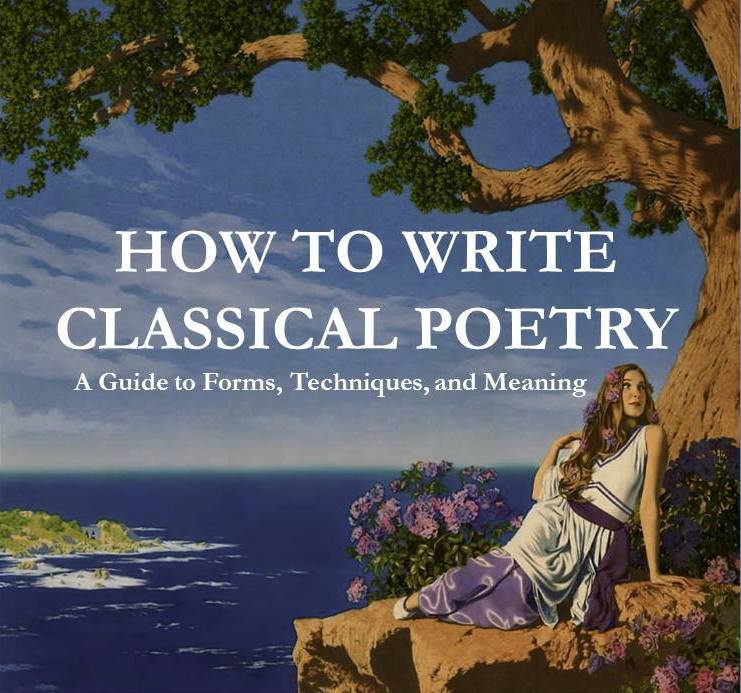




Thank you for introducing me to an obviously important painter-illuminator. It will take me a while to see how this particular work fits into his oeuvre as a whole.
Your 2nd is a striking narrative recollection. I hope you are gathering a number of these to present together for an engrossing, intense read.
Dear Julian
Thank you for your encouraging comments. The second poem is an exercise in iambic pentameter. The incident is autobiographical. The poem started out as a “free verse” stream-of-consciousness. I kept re-working it, first into “loose iambs” (because I hadn’t mastered the knack of writing iambs!) In the last year, I’ve studied iambic pentameter intensely. Goal for this year: Perfect iambs! all the time! no lazy sloppy fudging!
Sincerely Mary Jane
These are two excellent poems, each of a very different nature and approach. “Young Catherine’s Vision” is an ekphrastic piece, linked to the di Paola painting not just with description but also with a detailed understanding of the painting’s subject and meaning. It also has historical narrative of Catherine’s life and work, and the closing stanza makes an adept connection between the painting itself, and Catherine’s statement about creating a cell within one’s mind.
“Cross Country, 1964” is in an altogether different style and mode. Rather than fictive mimesis it is diegesis (extended narrative with limited figurative language). But the narrative details are so interesting that one never loses interest. I personally was delighted with the mention of so many things that I remember from that time period: the Rambler station wagon, the Esso map, the Mobil gas pump with the red Pegasus figure, Woman’s Day magazine. Even the expression “Tell it to the Marines!” was a blast from the past.
If a poet can handle both of these approaches, that is a sign of mature skill. Notice that rhyme is appropriate for the first poem, while the second needs the latitude of blank verse. Also, the second is filled with vivid diction that gives the reader an almost photographic sense of the time and place: the belongings packed into the car, the details of the road, the insects, the ramshackle store and shanties, the father’s words about prairie dog holes and horses breaking their legs, the Folsom arrowheads.
The first poem is otherworldly and mystical. The second is closely linked to the earth. Many poets can only work in one particular mode. Some can work in both, but with a marked preference for one. A very few can achieve that higher level where a single poem will partake of both atmospheres, and even in those cases the achievement will not be a frequent occurrence.
My one criticism is the deviation from meter that occurs in both poems. I can see that in the second piece “Dad braked the Rambler” completes the iambic pentameter that started with “bleached to anemic pink” in the immediately previous line, but the line spacing annoys me. It would have been easy to complete both of these lines separately without any harm to the metrical contract. In the first poem, “three visitants materialize” simply doesn’t work as iambic pentameter, at least not to my ear.
I agree completely, Joseph, with what you wrote about these poems, but I could never have expressed (what for me) were mere feelings so concisely or in such depth.
three visitants materialize is problematical because it is actually iambic tetrameter. “Materialize” is elided, thus: ma-TEER-yeh-LIZE.
Yes, that’s exactly the way I read it. The five-syllable pronunciation sounds affected and pedantic to me.
Joseph
Thank you so much for your encouraging comments. I appreciate so much your “close reading” of my work. I’m working hard on mastering the art of iambs!
Re: first poem. I agree, that the line is missing a stress. I’m not sure how I let that slip through. I’ll re-work the line. In the second poem, somehow the Classical Poets computer changed the format of my line spacing. I contacted Evan. With his incredibly high level of professionalism, within a half-hour he restored the lines to my desired format. I believe you will find the change satisfactory.
Most sincerely
Mary Jane (Myers)
A masterful pair of vocation poems, Mary Jane!
The first is appropriately medieval in the choice of rhyme royal. The style of description alternates between medieval and contemporary. Though Catherine is invested in the habit, you make a point of her personal choice of Dominic, with her freedom from his rule or any convent. Indeed, in the painting Dominic is not bestowing the habit, but has it over his arm as he reaches out to accept lilies that represent Catherine’s gift of consecrated virginity. To explain what she does as a “free” (third-order), Dominican, your third stanza departs from ekphrasis to give a small sketch of her saintly acts. The fourth stanza, starting with an instructional quote from Catherine, returns to the painting, to praise the painter for doing as Catherine advises. We thus see here not just the young saint’s vision, but a demonstration of her influence.
“Cross Country,” perhaps less in itself than juxtaposed with the Catherine of Siena poem, tells of an experience that is a call to poetry. The last line says so decisively, and details add a quasi-spiritual note. I wouldn’t make much of “Cross” in the title by itself, but in the lines following “Dumbstruck,” the girl (I suppose she represents the author) whose “cosy childish world was shattered” leans against a tree as she clenches lips and suppresses sobs of fear. The difficult role (seemingly assigned by a father comparable to Dominic in Catherine’s story) indicates a growing-up choice. Of course she could be simply aghast at the hard life in the ancestral place she’s being shown, but the departure summons for this child who’s listening seems meaningful.
Impressive work!
With all due respect for your critical acumen, Margaret, it is a longshot to find spiritual resonances in “Cross Country, 1964.” The poem is about a family traveling westward (“across the country”) to California, and no “quasi-spiritual note” is present.
Trying to make a crucifixion-image out of a girl leaning against a tree in discomfort is a bit much, as is comparing the girl’s father to St. Dominic in the first poem. This kind of spiritualizing of a straightforward narrative (so that it can be seen as a piece on “vocation,” like the first poem) can get very heavy handed.
Now, Joseph, I understand many things better.
Margaret
Thank you for your encouraging comments. I am honored that you peel back many “layers” in these two poems. As poets, we need sensitive readers to point out to us the deep themes of which our conscious minds are only partially aware.
Re: Poem #1. I was puzzled by the lilies, but now your explanation has enlightened me. In fact, Catherine doesn’t take a swath of fabric. Perhaps I’ll revise that line.
Re: Poem #2. This is an autobiographical poem. I don’t really like my title. My original title was Ars Poetica. The girl herself in that moment did not experience a clarion call to poetry writing. But the mature woman thinks back often to that moment and invests it with a spiritual significance that resembles a call to a vocation.
My father, from that WWII generation of strong silent men, never said anything to me about that incident. I thought perhaps I had “dreamt” it all, and had exaggerated its significance. Then, as he lay slowly dying in a nursing home, and barely able to talk, he referred to it. “Do you remember that time, you were about 15, I think, and you were crying….”
Most sincerely,
Mary Jane
“Where God’s light permeates the commonplace” — what a beautiful concluding line for your ekphrastic poem! Your second poem, as Joseph noted, would be very hard to stop reading, as not only the plot, but also the characterization of the narrator, are quite gripping.
Cynthia
Thank you for your encouragement. For a long time, I hesitated to write such “religious” lines–I feared secular mockery. Now, the floodgates are open! The world is all before me….
Most sincerely
Mary Jane
There’s no need to avoid writing religious lines or religious poems. Many great poems in the English tradition are deeply religious.
What is to be avoided is writing religious poems with the sole purpose of proselytizing or converting or arguing for some doctrinal position. That would mean using a poem for a non-aesthetic end. Poems succeed or fail on their merits as creative acts of skilled composition, and not as vehicles for any kind of propaganda, whether religious or secular.
Your first poem works just fine — it succeeds as an ekphrastic piece, and it talks of Catherine’s life and work without being preachy. Your second poem also works well — it is a narrative reminiscence of a childhood event (very artfully detailed), and without any attempt to insert an extraneous “moral” or “message.”